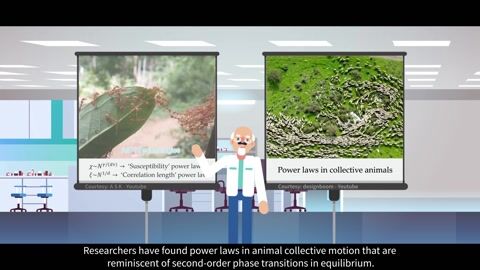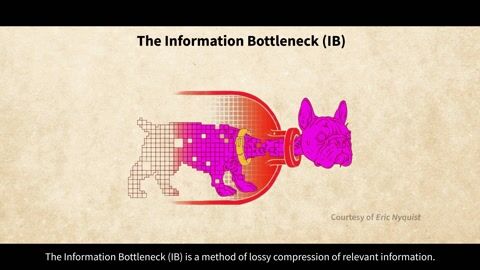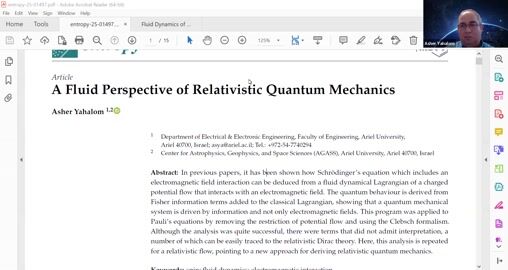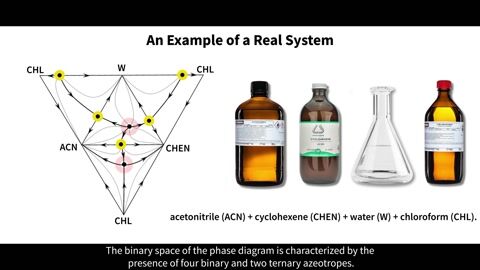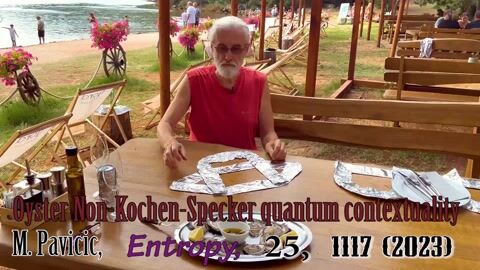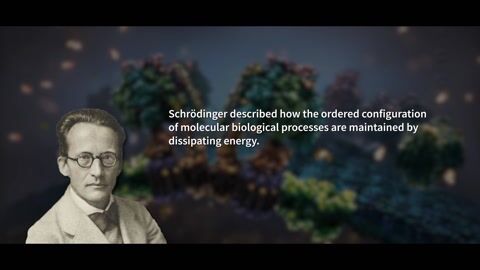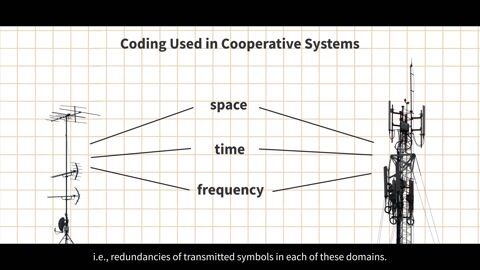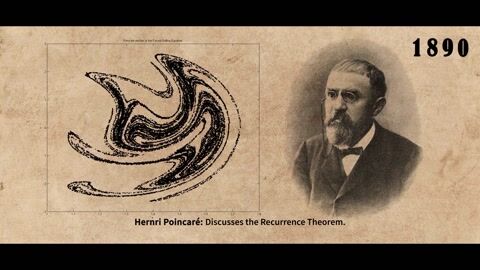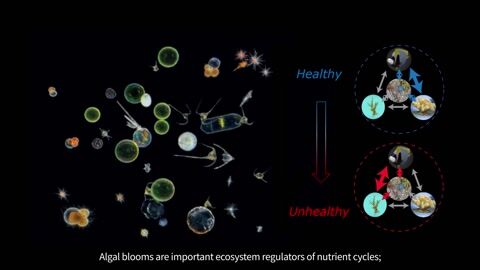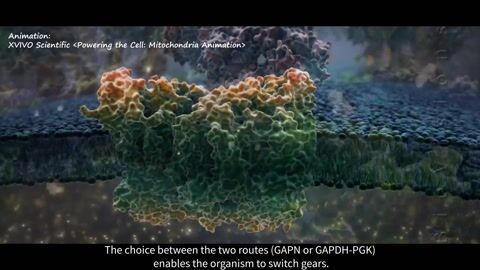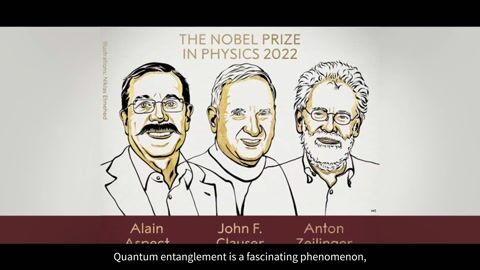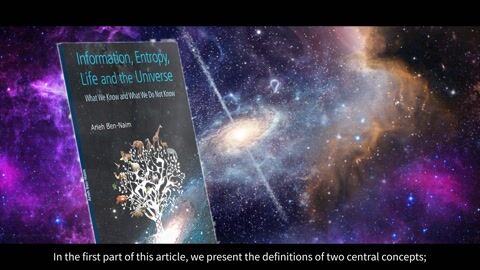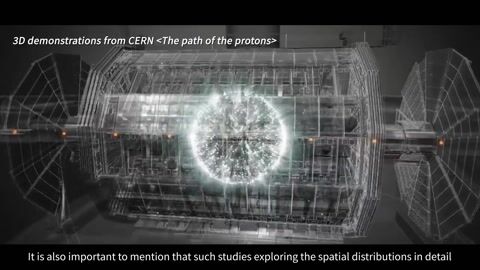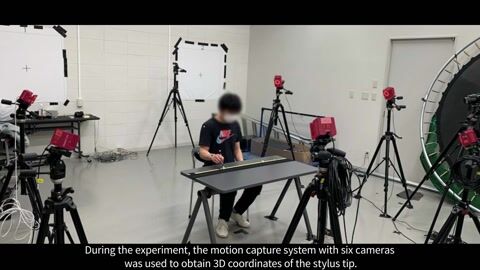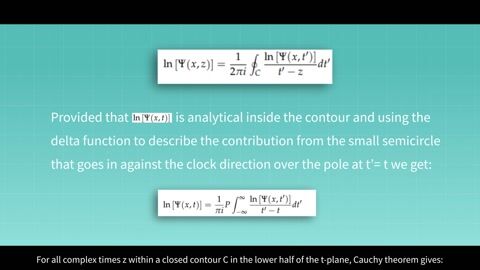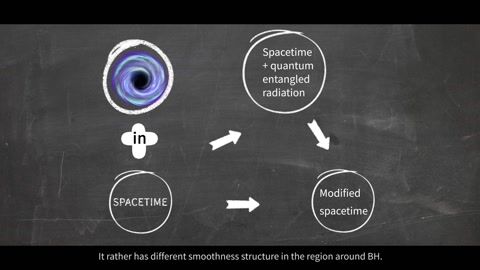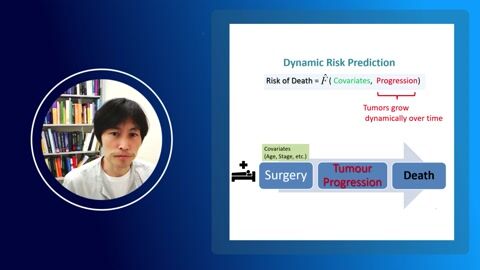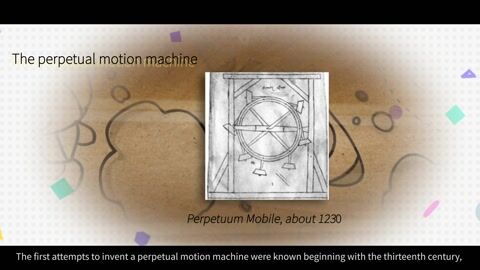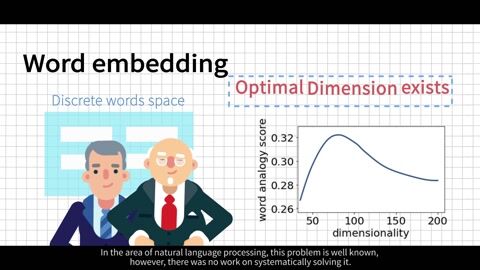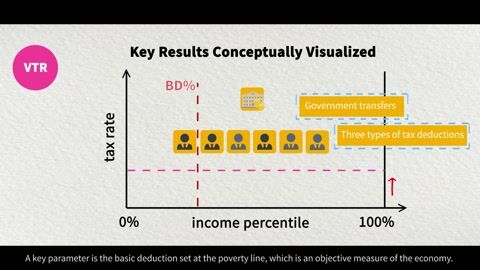- Subjects: Telecommunications
- |
- Contributors:
- Zhouxiang Zhao ,
- Zhaohui Yang ,
- Mingzhe Chen ,
- Zhaoyang Zhang ,
- H. Vincent Poor
- semantic communication
- resource allocation
- knowledge graph
- probability graph
This video is adapted from 10.3390/e26050394
The problem of joint transmission and computation resource allocation for a multi-user probabilistic semantic communication (PSC) network is investigated. In the considered model, users employ semantic information extraction techniques to compress their large-sized data before transmitting them to a multi-antenna base station (BS). Our model represents large-sized data through substantial knowledge graphs, utilizing shared probability graphs between the users and the BS for efficient semantic compression. The resource allocation problem is formulated as an optimization problem with the objective of maximizing the sum of the equivalent rate of all users, considering the total power budget and semantic resource limit constraints. The computation load considered in the PSC network is formulated as a non-smooth piece-wise function with respect to the semantic compression ratio. To tackle this non-convex non-smooth optimization challenge, a three-stage algorithm is proposed, where the solutions for the received beamforming matrix of the BS, the transmit power of each user, and the semantic compression ratio of each user are obtained stage by stage. The numerical results validate the effectiveness of our proposed scheme.







